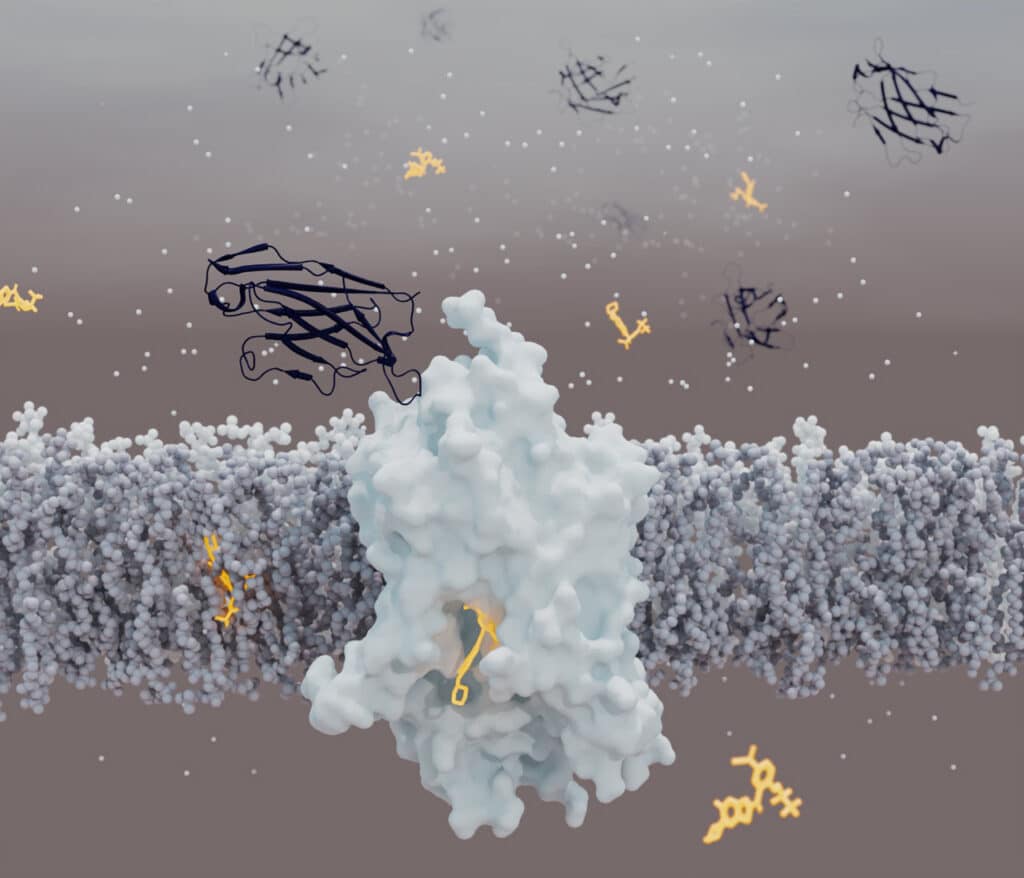The European Molecular Biology Laboratory (EMBL) is an intergovernmental institution that operates the measuring stations at the PETRA III storage ring of DESY for applications in the life sciences with a focus on structural biology and X-ray imaging. The facilities are offered to external users and used for in-house research on infectious diseases. EMBL works closely with DESY and other institutes on campus, including CSSB and HARBOR.
A pipeline from the lab bench to the MX and SAXS beamlines that helps researchers optimize and prepare samples for structural studies.
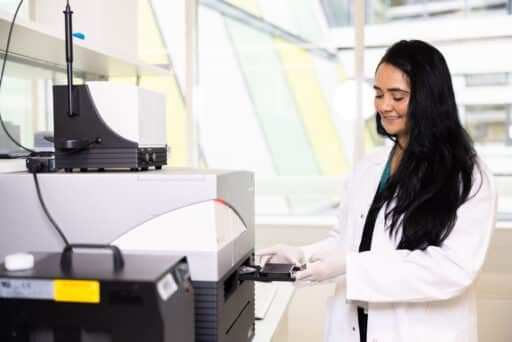
EMBL, Kinga Lubowiecka
The EMBL Sample Preparation and Characterization Facility at the CSSB is located directly next to the EMBL beamlines at the PETRA III synchrotron. It offers scientists first-class services in the field of biophysics - from sample preparation to data analysis. The EMBL protein characterization platform is connected to the in-house HTX facility via a scientific bridge. HTX stands for: High Throughput Crystallization Facility.
The facility comprises several biophysical instruments that are available to internal and external users. The quality control of proteins and characterization techniques for the interaction of biomolecules are offered as services.
Experimental stations of the EMBL in Hamburg
P12
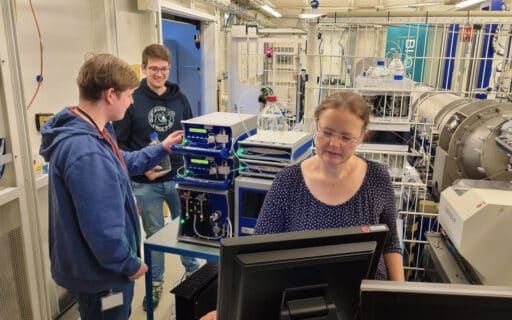
© EMBL, Dorota Badowska
The EMBL Beamline P12 is dedicated to biological small-angle X-ray scattering. This is a technique that enables scientists to determine the structure and dynamics of biological molecules using X-rays. Small-angle X-ray scattering is very versatile - it can be used for samples in almost any form, e.g. liquid or solid.
P13 & P14
EMBL operates two beamlines for macromolecular X-ray crystallography - P13 and P14 - at the PETRA III storage ring at DESY.
The Beamline P14 allows X-ray imaging of biological samples such as tissue or entire organisms. It enables scientists to examine the structure of proteins with atomic resolution and even to shoot molecular X-ray films of proteins in action.
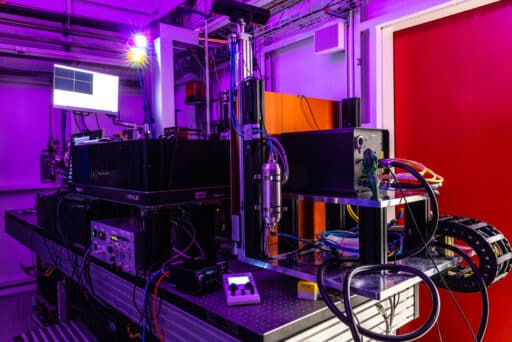
EMBL, Kinga Lubowiecka
"Through the collaboration between EMBL and the other research institutes in Science City, we can jointly push the boundaries of what is possible in the characterization of medically or biotechnologically relevant biomolecules."

EMBL, Massimo del Prete
Scientific methods
EMBL facility for sample preparation and characterization
Further information on the cooperation between CSSB and EMBL
Offers for researching companies
Contact us
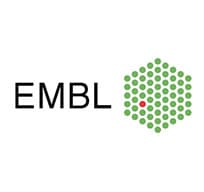
© EMBL
Dr. Dorota Badowska
Press spokeswoman
© EMBL
Contact us

© EMBL
EMBL Hamburg
General contact
© EMBL

